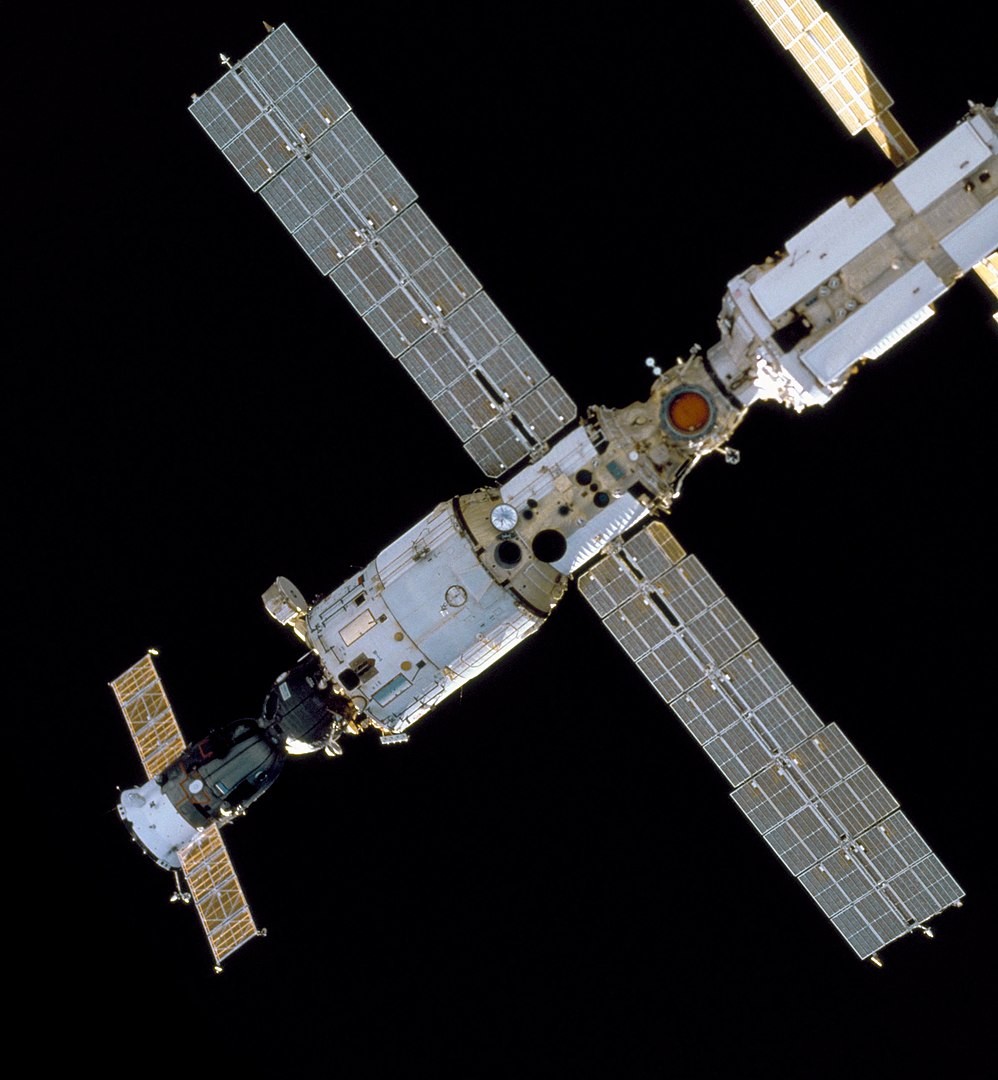In orbit around the Earth for more than twenty years (for the oldest modules), the ISS is aging. In a few years, it will therefore be abandoned by the astronauts. But what will happen to the structure?
On November 2, 2000, NASA astronaut Bill Shepherd and the two Russian cosmonauts, Yuri Gidzenko and Sergei Krikalev, docked with the ISS for the very first time . Since then, the station, born of a desire to ease geopolitical tensions in the aftermath of the Cold War, has been permanently occupied. The last twenty years have been an incredible achievement. To date, 244 people from 19 different countries have stayed there, some of them several times. And more than 3,000 scientific investigations conducted there, involving 108 countries.
But like the rest of us, the International Space Station is getting old. Maintaining it in working order and astronaut flights also remain expensive. NASA, for example, pays no less than four billion dollars a year for the ISS. If it ever wants to expand the sphere of its human activities beyond low Earth orbit, the agency must therefore reconsider its budget priorities. Also, the ISS will normally soon be abandoned. But what will happen to the structure?
It can't stay in orbit indefinitely. As with satellites, the ISS is attracted by both the Earth and its gravity, and "pulled" into the outer space by its speed (7.66 kilometers per second). It is this delicate balance between the two forces that keeps it always on the same trajectory.
That said, at such an altitude (400 km above our heads), the ISS sometimes encounters a few molecules that have the effect of slowing its speed. That's why she needs a little "push" from time to time so she doesn't come down. For now, flights to the station to "right" it are scheduled to continue until at least 2024. And technically, we know from NASA that the ISS will be able to continue to fly until 2028, or even a little longer if necessary. But then?

As soon as it was built, which required no less than 42 launches (including 37 operated by American shuttles), it was "timidly" a question of de-orbiting the station to allow it to go in and burn up in the atmosphere. These operations should have been carried out by American space shuttles. However, the latter have not been in service since 2011.
Alternative scenarios allowing this famous deorbiting of the station are in preparation, assures NASA. While these have not yet been officially made public, an article published in 2017 by a group of engineers from NASA and Roscosmos presented us with one of the preferred disposal options.
Specifically, most often a Russian Progress cargo vehicle docks at the station and transfers some fuel to the thrusters of the main service module to fuel the combustion of the structure. In this way, the ISS rises a little and continues its route normally.
In a controlled deorbit, Progress vehicles would do the same thing, but in reverse , lowering the station to the desired altitude. This way, its atmospheric re-entry would be more "predictable", allowing managers to target the Pacific for debris fallout.
The challenge remains immense, and still very risky. As a reminder, the ISS weighs 400 tons and measures almost the length of a football field . And the larger an object, the less likely the atmosphere is to burn it completely. In addition, this work presented in 2017 was based on the deorbiting procedures carried out on the Russian Mir space station in 2001. However, the International Space Station is about three times heavier.

A Chinese station called “Tiangong” (Heavenly Palace) should indeed succeed the ISS by 2023. We know that it will weigh nearly 100 tons, that it will comprise three modules and that it should also operate in low orbit for at least fifteen years. On board, taikonauts will conduct various scientific experiments and prepare for future long-duration flights. Finally, note that this new station will also be accessible to any other UN member country.